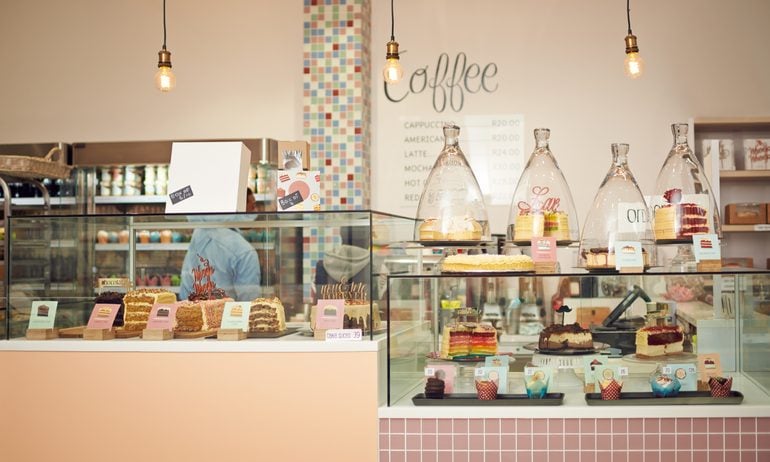Don’t Let Technology Bully You Into Tipping
Mobile payment services like Square change the tipping dynamic. It's OK to resist.

Many, or all, of the products featured on this page are from our advertising partners who compensate us when you take certain actions on our website or click to take an action on their website. However, this does not influence our evaluations. Our opinions are our own. Here is a list of our partners and here's how we make money.
Tipping inflation is real, and it’s coming to a tablet near you.
Merchants using Square and other mobile payment services can set “recommended” tip amounts or percentages for any transaction — including ones that traditionally haven’t included tips. Your payment card is swiped through a device attached to an iPad or other tablet, and you’re presented with a screen suggesting you add a gratuity.

Square cautions businesses against setting suggested tip amounts too high, saying that “can alienate customers and make it less likely that they’ll come back.” But Square also recommends merchants add a “no tip” option precisely because a survey found some people were more likely to leave a gratuity this way.
“It’s one thing to bypass a tip jar or just leave the gratuity line blank when you’re signing a check, but it’s harder to physically press a button saying you aren’t going to leave anything,” the company tells merchants.
“Tipping rules haven’t changed, regardless of what a merchant’s screen is telling you.”
Many people feel added pressure because the would-be recipient is standing right there, watching the transaction. Even in restaurants, where customers used to leave a cash tip or a signed credit card receipt on the table, waiters may be swiping cards at the diners’ elbows and presenting them with “add a tip” screens.
Tipping rules haven’t changed, regardless of what a merchant’s screen is telling you, says etiquette expert Lizzie Post, co-president of the Emily Post Institute and co-host of the "Awesome Etiquette" podcast. Fifteen to 20 percent is still the accepted range for taxi rides, haircuts, spa services and table service in sit-down restaurants. (Read more about how much to tip a hairdresser.)
“You can tip with confidence. You have no obligation to tip more,” Post says.
Gratuities are important in full-service restaurants, since servers often are paid less than the federal minimum wage on the assumption they will earn tips. Restaurant tips are traditionally based on the pretax amount of the bill, although some merchants are guilty of suggesting tips based on the total bill. People may default to 20% because the math is easier, or opt to base the tip on the after-tax bill, but that’s all discretionary, Post says.
There’s also no obligation to leave a tip for a takeout order, unless it was complicated or included curbside delivery. In that case, 10% is fine. Home delivery merits a 10 to 15% tip, with pizza delivery meriting a $2 to $5 tip. In most other situations, tip screens can be viewed just like tip jars — entirely optional.
What if you want to leave a tip, just not what the screen is suggesting? You can leave cash, of course, but you’ll typically have the option to change or customize a gratuity that’s charged to your card.
“I feel no shame in completely ignoring it, hitting ‘other option’ and putting in my percentage that I feel comfortable using,” Post says. “It is your discretion what you put there.”
